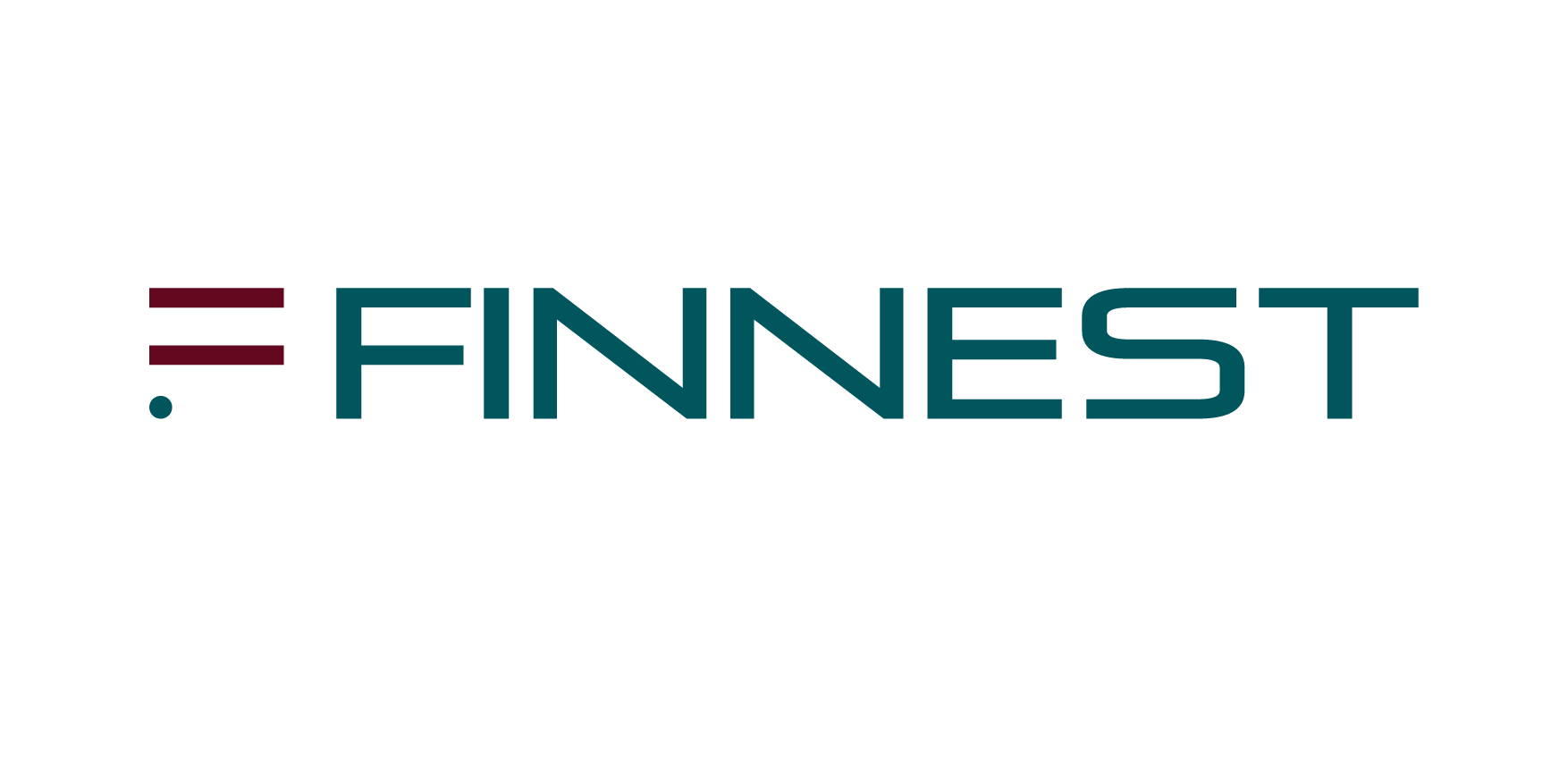Introduction
When applying for a student visa, having the right documents is only part of the process—how you move and present your funds can determine whether your visa is approved or rejected. Immigration authorities are not just looking at the amount in your account; they want to see that your funds are legally sourced, clearly traceable, and transferred through approved channels.
Unfortunately, many students unintentionally make mistakes when transferring large sums of money internationally—triggering red flags, delays, or even outright rejections. With visa scrutiny tightening in 2025, especially in countries like Canada, the UK, and Australia, it’s more important than ever to understand the safe, legal, and fast ways to show proof of funds.
In this guide, we’ll walk you through the smartest fund transfer strategies for student visas—ensuring your money moves compliantly and your visa application stays on track. Whether you’re self-funded, sponsored by family, or using an education loan, this article is your roadmap to financial transparency and speed—without compromising safety.
Why Visa Authorities Care About Source and Legality of Funds
When evaluating a student visa application, immigration officers go beyond just checking if you have the required funds—they closely examine where the money came from, how it was transferred, and whether it’s genuinely accessible to the student. This due diligence is part of preventing fraud, illegal money movements, and ensuring applicants are financially capable of sustaining themselves abroad.
Here’s what visa authorities typically verify:
- Source of Funds: Is the money from legitimate, traceable sources like salary, savings, a verified education loan, or family sponsorship? Unexplained cash deposits or sudden account inflows can raise red flags.
- Consistency: Do the financial documents (bank statements, income proofs, transfers) tell a clear, consistent story?
- Timing: Was the money available well before the visa application or suddenly deposited just days before? Late fund transfers may appear suspicious.
- Transfer Legality: Was the money moved using approved channels like SWIFT transfers or trusted financial institutions? Informal or unregulated remittance services may not be accepted.
- Control Over Funds: Is the student the account holder, or is there documented access (e.g., sponsorship letters with bank access statements)?
Visa officers are trained to spot financial irregularities. A single inconsistency or lack of clarity can lead to delays, additional queries, or rejection.
Common Mistakes Students Make While Transferring Funds
Even well-prepared students can make critical errors when transferring money for their education abroad. These mistakes often stem from a lack of awareness about how immigration authorities assess financial documentation and fund flow.
1. Last-Minute Large Deposits
Transferring a big sum just days before your visa appointment—especially without clear documentation—can lead to suspicion. Visa officers may question the source and timing of the money.
2. Unexplained Cash Deposits
Depositing large amounts in cash into your account without a clear source (e.g., payslips, loan disbursement) can result in immediate red flags, especially for countries like Canada and Australia.
3. Using Unverified Remittance Channels
Informal fund transfer services or unregulated money exchanges may not provide valid receipts or documentation. Immigration bodies only accept funds moved through legal, traceable channels.
4. Mixing Multiple Accounts Without Clarity
Showing funds from multiple bank accounts or sponsors without linking documents (like affidavits or source proofs) can confuse and complicate your application.
5. Ignoring Currency Conversion Requirements
Some countries expect funds to reflect in local currency equivalent. Failing to calculate or present the accurate converted value might show a shortfall, even when your total funds are sufficient.
Avoiding these mistakes isn’t just about avoiding delays—it’s about securing your visa approval. The next section will explore how you can transfer funds safely, legally, and without stress.
Safe and Legal Methods to Transfer Funds Internationally
When it comes to student visas, how you transfer your funds is just as important as how much you transfer. Immigration departments expect the process to be secure, transparent, and fully documented. Here are some of the safest and most legally acceptable methods to move your money across borders:
1. Bank Wire Transfers (SWIFT)
SWIFT transfers are globally accepted and leave a clear paper trail. Most embassies accept these as primary evidence of fund movement. Always ensure you get a SWIFT confirmation receipt showing the beneficiary, amount, and date.
2. Education-Focused Forex and Remittance Platforms
Platforms like Flywire, Western Union GlobalPay for Students, and RemitX offer direct-to-institution payments, often with better exchange rates and visa-compliant documentation.
3. GIC Accounts for Canada
If you’re heading to Canada, opening a Guaranteed Investment Certificate (GIC) account is mandatory for many student visa categories. You must transfer CAD 20,635 (as of 2025) to a registered Canadian financial institution.
4. Education Loan Disbursals
Funds disbursed from government banks or NBFCs directly to universities or GIC accounts are fully accepted. Make sure to retain your loan sanction letter and disbursement proof.
5. Parent-to-Student Transfers (with Legal Backing)
Parents or family members can transfer funds directly to the student account abroad, provided proper sponsorship letters, bank statements, and source of income documents are submitted.
6. Prepaid Forex Cards (for Travel Expenses)
While not ideal for proof of tuition, prepaid forex cards are useful for travel and initial living costs. Always choose RBI-approved providers.
Documentation You Need to Show Proof of Funds
Transferring funds is only part of the process—you must also prove to visa authorities that these funds are genuine, available, and sufficient. This requires presenting a clear, consistent set of financial documents that link your source of funds, your transfer method, and your control over the money.
Below are the most commonly required documents:
1. Bank Statements
- At least 3–6 months of recent bank statements showing consistent balances.
- If funds were recently transferred, include a clear explanation and supporting documents (e.g., loan disbursement, parental transfer).
2. Loan Sanction Letter & Disbursement Proof
- For education loans, provide the official sanction letter from your lender.
- Include proof of disbursement or confirmation of direct payment to the university.
3. SWIFT Transfer Receipts
- If you’ve sent money to a GIC or university, SWIFT receipts are crucial.
- Ensure the receipt shows sender and receiver details, date, amount, and reference code.
4. GIC Certificate (for Canada)
- A confirmation certificate from your GIC provider, such as Scotiabank or CIBC, showing the deposited amount.
5. Sponsorship Affidavit
- If parents or relatives are funding you, provide a signed affidavit declaring their relationship and financial support.
- Attach supporting documents such as their income proofs and bank statements.
6. Fixed Deposits and Property Valuation (if used)
- Include notarized copies and valuation letters if using fixed deposits or assets as part of your proof.
7. Scholarship Letters (if applicable)
- Official documentation from the scholarship provider, including awarded amount and duration.
The Finnest Advantage: Simplifying Your Fund Transfers for Visa Success
Navigating international fund transfers for student visas can be stressful—but Finnest makes the process clear, legal, and streamlined. We go beyond offering just advice—we provide solutions that meet embassy expectations and increase your chances of visa approval.
Here’s how Finnest supports you:
End-to-End Compliance Support
We ensure your transfers meet legal requirements and are fully traceable—from India to your destination country. We help you avoid red-flagged transactions that could impact your visa.
Partnered Global Channels
We work with approved banks and remittance partners to help you make secure GIC deposits, tuition payments, or sponsor transfers through embassy-approved channels.
Documentation Assistance
From SWIFT receipts to sponsor affidavits, Finnest ensures you have all the documents needed to support your proof of funds. We even help draft financial letters where necessary.
Visa-Focused Guidance
Unlike generic remittance services, our solutions are specifically tailored for student visa compliance—whether for Canada, the UK, the US, or Europe.
Fast, Transparent Processes
We eliminate confusion and ensure you don’t waste time or money on unreliable channels. With us, fund movement is fast, legal, and accepted by immigration authorities worldwide.
Take the Stress Out of Student Visa Fund Transfers—Partner with Finnest Today
Your dream of studying abroad shouldn’t be delayed by confusing financial formalities or rejected due to unclear fund transfers. At Finnest, we simplify the process, ensure legal compliance, and support you every step of the way.
Get expert guidance
Use embassy-accepted channels
Receive complete documentation assistance
Ready to make your student visa fund transfers safe, fast, and stress-free?
Contact Finnest now for a free consultation and start your journey the right way.
FAQ Section
1. What is the safest way to transfer money abroad for a student visa?
The safest and most embassy-compliant method is a SWIFT bank transfer or through trusted platforms like Flywire or GlobalPay for Students. These offer traceability and proper documentation.
2. Can I use a Forex card as proof of funds for my student visa?
No, prepaid Forex cards are generally not accepted as primary proof of funds for tuition or living expenses. They’re ideal for travel-related spending, not visa financial documentation.
3. Is it mandatory to open a GIC account for Canada student visas?
Yes, for most Indian students applying through the SDS (Student Direct Stream) route to Canada, opening a GIC account and transferring the required CAD amount is mandatory.
4. What documents are required to prove fund transfers for a student visa?
You’ll typically need recent bank statements, SWIFT transfer receipts, sponsor letters (if applicable), GIC certificates (for Canada), and your education loan sanction letters.
5. Can Finnest help with both fund transfer and documentation for my visa application?
Absolutely. Finnest specializes in visa-compliant fund transfers and assists with end-to-end documentation, helping students meet embassy requirements efficiently and legally.




